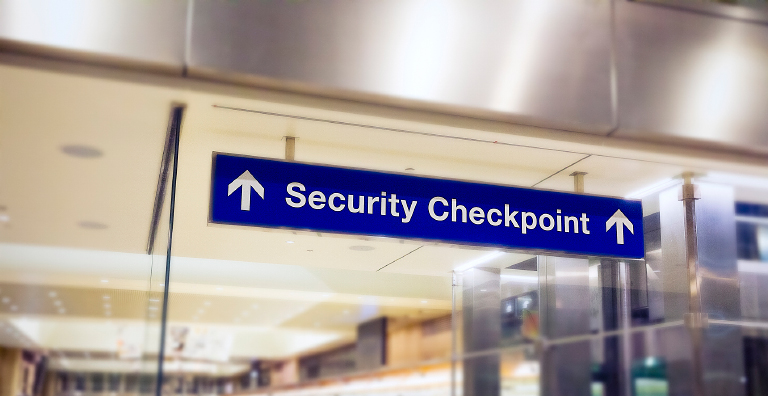How Biometrics Are Transforming Air Travel: Insight From HID’s Aviation Industry Expert
Is your terminal prepared to handle the imminent global travel surge? With passenger numbers projected to reach 8 billion annually by 2040, airports, airlines and border control face significant scaling challenges — ranging from staffing shortages, space constraints and a reliance on existing technologies that simply cannot facilitate the burgeoning demand.

Rob Sutton, an aviation industry veteran and biometrics expert, recently appeared on the ID Talk Podcast to discuss how biometrics are a critical component as transportation corridors prepare to efficiently funnel people between destinations. As HID’s Director of Solution Enablement for Aviation and Travel, Rob offers valuable insights into the future of streamlined and secure travel — covering everything from regional obstacles to cutting-edge solutions like facial recognition and mobile credentials.
Don’t Delay — Deploy Facial Recognition Today!
From check-in to security to boarding, travelers demand streamlined, secure encounters. Innovative biometric technologies are not just transforming how passengers verify their identities along the journey, they also deliver seamless and positive experiences for airline and airport personnel as well.
In his podcast interview, Rob explains why, “Face is becoming the de facto standard across airports,” touching on biometric trends in air travel. Key benefits and notable quotes include:
- It’s Simple. “[In the near future we] don’t need to worry about ‘Do I have the right document with me?’ Because I can just present my face.”
- It’s Efficient & Secure. “Biometrics increase the efficiency of the process while adding additional layers of security and protection, because the biometric camera doesn’t get tired. It doesn’t reach the end of its shift and start to lose focus. It’s ALWAYS on. It’s ALWAYS comparing against the same set of rules or boundaries.”
- It’s Accurate. “[With manual checks] there’s really no validation that happens other than a person looking at the passport, looking at me, and then saying ‘Yeah — they look close enough.’ Facial recognition removes the element of human error.”
- It’s Fast, Friction-Free Passage. “Through the power of the U.S. Customs and Border Protection Global Entry program and facial recognition, I was [recently] through immigration in less than two minutes.”
- It Improves Security. “[The power of biometrics] helps everybody, all the way around. It stops people from doing things they shouldn’t be doing. It helps agencies capture people they’re looking for.”
- It Enhances the Passenger Experience. “There’s an acceleration in the adoption and penetration of biometrics because people recognize it just makes life easier. I don’t have to go through the whole process of making sure I have my boarding pass, passport, baggage claims for luggage, or all of the tangible things I have to keep track of now.”
What’s on the Horizon for Biometrics in Air Travel?
Listen to the full podcast, HID’s Rob Sutton On How Identity Technology Is Transforming Air Travel, for his expanded take on trends, human bias vs. automation bias, and why HID puts a tremendous amount of focus on facial recognition camera design.
And, if you’ll be at the Passenger Terminal Expo (PTE) in 2025, stop by the HID Booth #1725. Rob and a team of experts will showcase the latest verification technologies that elevate passenger processing.
Additional Resources:
- Read more about biometrics in air travel
- Learn more about HID’s AI-powered facial recognition technologies
- Stay updated — subscribe to the HID Biometric Beat monthly eNewsletter
